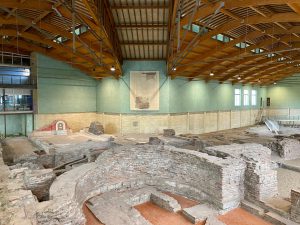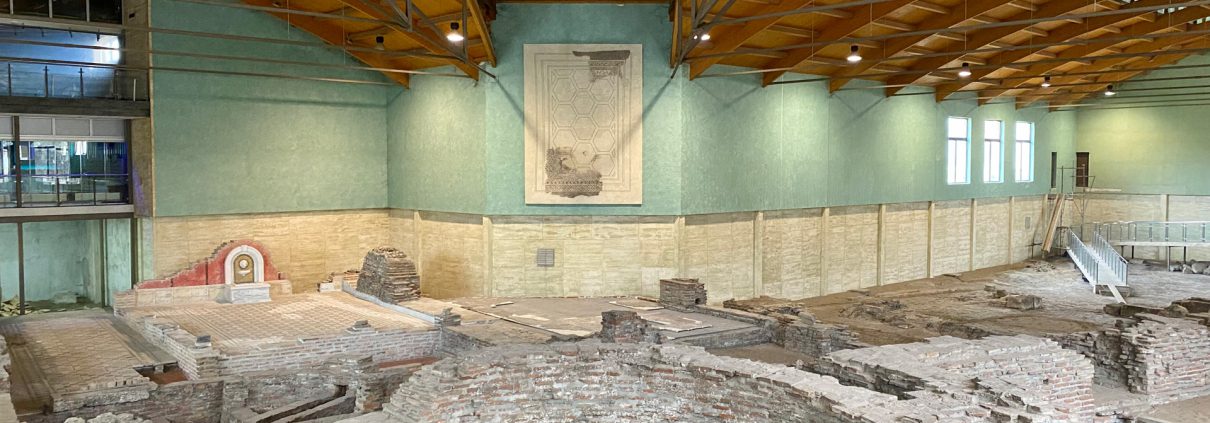Ancient sites in Serbia and Bosnia and Herzegovina have been given new life — instead of remaining hidden in archives and beneath layers of soil, they are becoming stages for cultural tourism. The project Experience Roman Heritage on Drina and Sava – Roman Emperors Route has shown how historical heritage can serve as a driver of local development and inspiration for modern tourist experiences.
Behind this initiative stands a partnership between institutions and organizations from both countries that cherish cultural heritage: the Institute for the Protection of Cultural Monuments of Sremska Mitrovica, the Archaeological Museum “Roman Municipium” in Skelani, the Tourist Organization of Srebrenica, and the NGO Center for Sustainable Development and Democracy – CORD. Together, they brought history to life and turned it into a new opportunity for cross-border communities.
The project focused on the Roman Municipium in Skelani — an archaeological site of great significance that received new protection and valuation. At the same time, ancient mosaics in Sremska Mitrovica were restored and became part of the permanent exhibition at the Imperial Palace. In this way, valuable remains of ancient civilization were preserved and transformed into a strong attraction for visitors interested in history and culture.
New tourist itineraries connected archaeological sites with other local attractions, creating a rich experience for travelers. Each location tells its own story, yet together they form a mosaic linking the region’s past and future.
Workshops, trainings, and networking activities gathered local tourism professionals, enthusiasts, and cultural actors who will continue to build sustainable cultural tourism. A lasting network of people and institutions has been established to carry the project’s legacy forward.
The project was implemented from June 2023 to December 2024, with a total value of €382,926.25. By preserving and promoting cultural heritage, this initiative demonstrates how the past can serve as a foundation for new tourism opportunities and the revitalization of local communities. Its impact is already visible — in the faces of visitors, new tour schedules, and the increasingly vibrant cultural scene of the cross-border region.








